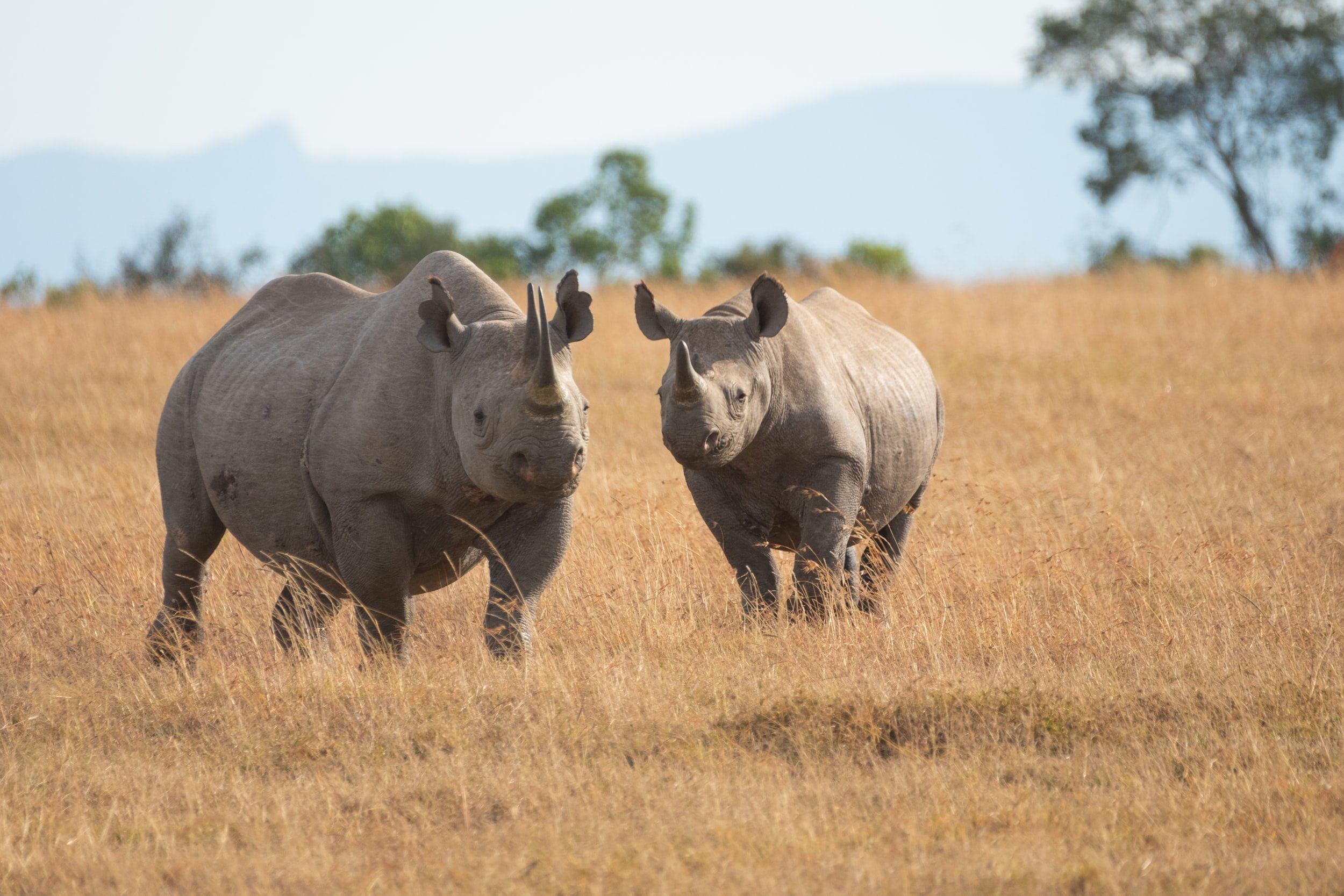Poaching of Rhinos increased from 249 to 259 compared with the same period last year. This recent trend shows a 3.8% rise y-o-y in Rhino poaching.
Wildlife conservationist estimates that only 27,000 rhinos remain in the wild today. With persistent and ongoing poaching to meet the demand for Rhino’s horn, very few rhinos are capable of surviving outside well-managed national parks and reserves.
Photo Credit: David Cashbough
Media response on 259 Rhinos poached in the first 6 months of 2022
Why are Rhinos poached?
What are the measures being taken to decrease Rhino poaching?
Who is at the frontline of Rhino protection?
Media Response
Ms. Barbara Creecy, the Minister of Forestry, Fisheries, and the Environment has announced to the public that A total of 259 rhinos have been poached for their horn in South Africa in the first six months of 2022.
“Recent trends in rhino poaching show a move away from the Kruger Park to private reserves and KwaZulu-Natal where the majority of rhinos have been killed this year. This makes it all the more important for the national government to shift its focus to supporting provincial authorities and private reserves in the war on rhino poaching” said Creecy.
The number of rhinos poached between January and June 2022 is 10 more than the 249 poached countrywide in the first six months of 2021. From January to the end of June 2022, 82 rhinos were poached for their horns in the Kruger National Park.
2022 Poaching statistics show a loss of 210 rhinos on state properties and 49 in privately-owned parks. As indicated, the hardest hit during this period is KwaZulu-Natal which recorded a loss of 133 rhinos. This is more than triple the 33 rhinos killed in the first six months of 2021 in KwaZulu-Natal.
Picture Credit: Kevin Fok
Why are rhinos poached?
The demand for rhino horn, which is consumed in traditional Chinese medicine and for other uses by people in Asian nations, is the factor causing rhino poaching to persist. Rhino horn consists of keratin, which the same material is found in cockatoo bills, turtle beaks and horses’ hooves. The keratin in rhino horn contains amino acids such as cysteine, arginine, lysine, tyrosine and histidine as well as salts such as calcium phosphate and calcium carbonate. A rhino's horn is not tied to its skull like an antelope's is, therefore it will continue to grow throughout the animal's life.
Even though hunting rhinos for their horns has been prohibited since 1993, the issue still exists today. Rhino horn is utilized in traditional Chinese medicine to treat illnesses like gout, rheumatism, fever, headaches, vomiting, food poisoning, and typhoid. It is also thought to have aphrodisiac properties. The horn is either shaved into thin slivers or ground into a fine powder, which is then dissolved in hot water and drunk. Although there is no proof that rhino horn has medical characteristics, there is high demand because of this belief.
What are the measures being taken to decrease rhino poaching?
Partnerships between the public and business sectors are essential in stopping the trafficking of rhinos. Current partnerships have expanded to include the financial and transportation industries, as well as transit and end-user nations in Southeast Asia, particularly with the People's Republic of China, Malaysia, and Vietnam. This is in addition to the work being done within the seven Integrated Wildlife Zones.
69 persons were detained between January and June in relation to rhino poaching and rhino horn trafficking. 13 accused poachers were detained in the Kruger National Park out of this group.
Four alleged rhino horn traffickers were apprehended for attempting to smuggle 56 pieces of rhino horn out of the country between January and June of this year as a result of the continuous efforts of integrated enforcement teams at OR Tambo International Airport. In one case, the police in Malaysia, Qatar, and the Hawks worked together to apprehend a suspected rhino horn trafficker and his haul of rhino horn fragments at the Doha Airport in Qatar. This arrest serves as proof that international collaboration between nations in the fight against wildlife trafficking is somewhat effective.
Who is at the frontline of Rhino protection?
Game rangers are our frontline of protection for rhinos and other endangered species. Rangers' prime responsibilities are to ensure the territorial and biological integrity of the conservation area under their management.
Rangers work against all odds on the front line in protecting and managing wildlife. They, quite literally, stand between the poacher and his riffle. Rangers are murdered by militia groups, poachers and bandits by planned attacks whist protecting our wildlife and ecosystems.
In July 2022, Anton Mzimba, a well-known senior anti-poaching field ranger was murdered in his home allegedly by poaching syndicates. Anton dedicated his life to protecting wildlife and we are reminded of the threats that rangers face from poachers and their crime bosses on a daily basis. These are men and women that deserve our respect and support as we join hands to improve their safety.
If you would like to support rangers, and sponsor our heroes with accident insurance coverage, please click HERE.
About The Elephant Foundation
The Elephant Foundation raises awareness for wildlife conservation through school visits here in Hong Kong and we educate the public on the negative impacts of illegal poaching of endangered species such as elephants and rhinos.
We currently run projects to support wildlife and the communities that share its land, this will help preserve our beloved creatures we are trying to preserve whilst also supporting local communities to thrive and live peacefully together.
Our Projects include:



